Tropical gardens are a growing trend in Australian backyards. With more and more people trying to replicate the lush feeling of their tropical Asian or the South Pacific island holidays. So the question is how can you create that tropical garden style in your home or backyard?
Lets start with a few examples then dive into analysing tropical gardens and what defines them.
What are the elements of tropical garden design?
When you think of tropical gardens you think of lush tall palm trees and colourful foliage. Everything is always green and growing.
So what are the elements needed to create a tropical garden and how do they play a role in achieving the perfect tropical landscape design.
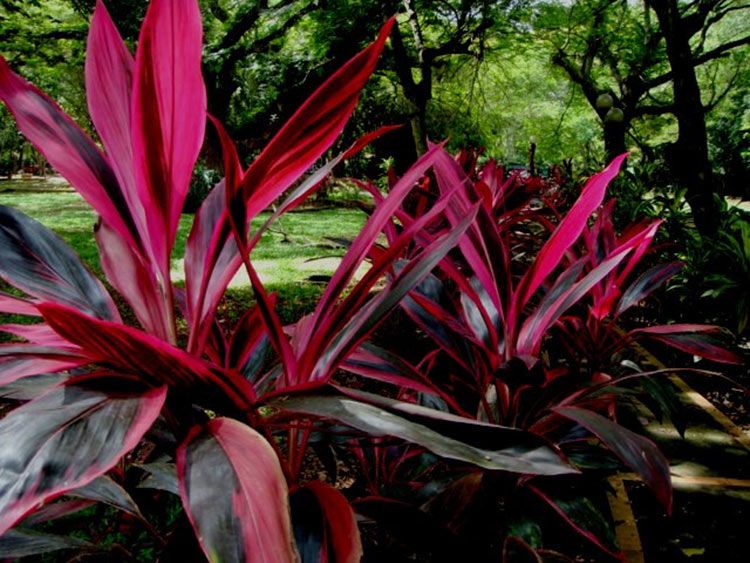
Colourful foliage
The first element is colour, colourful leaves and colourful flowers. Whether it’s the white flowers from a Frangipani or the red leaves of a Cordyline, tropical gardens are always full of colour. Typically colour will come from the leaves in tropical gardens
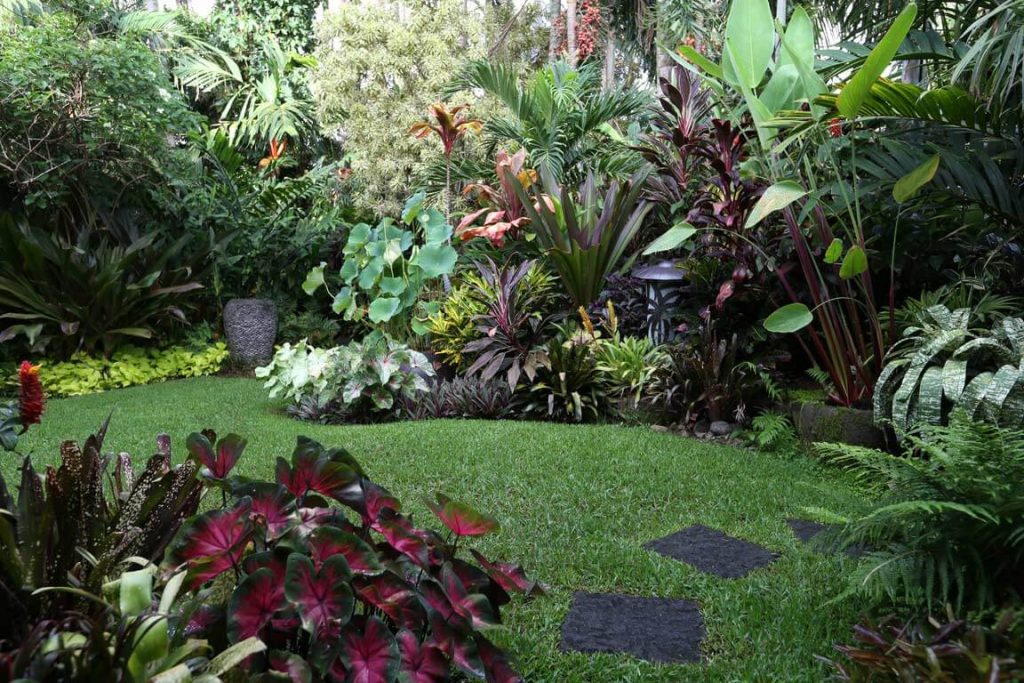
Diversity
Tropical gardens are always packed with many plants. Each plant has its own characteristics such as leaf size, shape or growing height. By using a wide range of plants it creates depth and simulates nature.
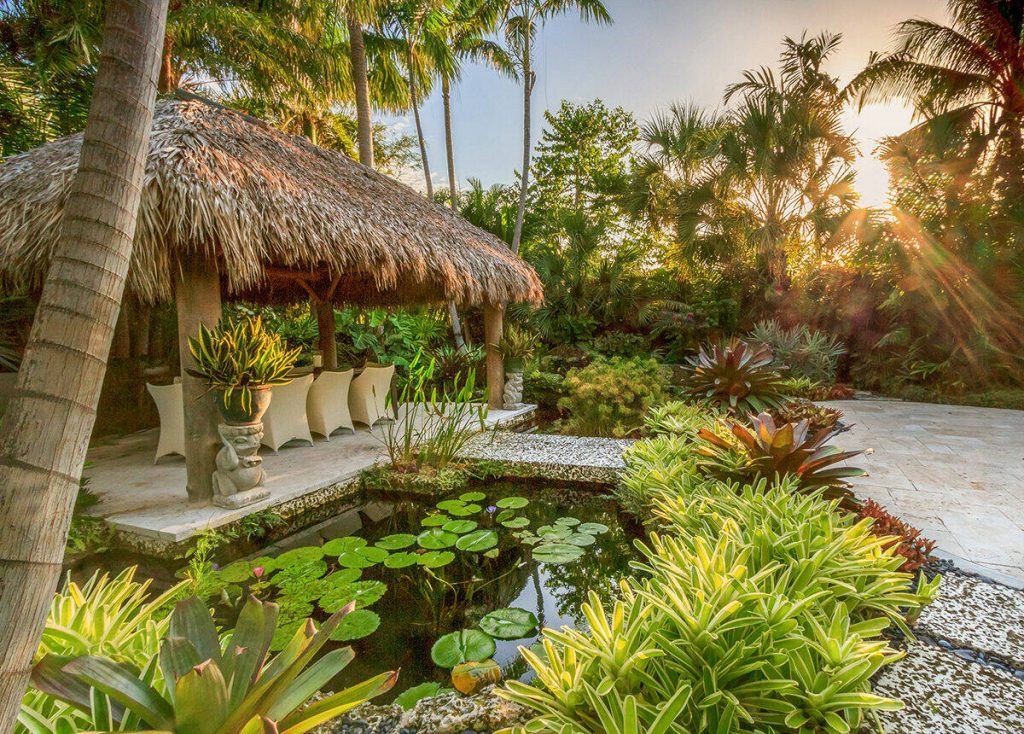
Water
Tropical gardens would be lost without the element of water. Water helps reflect light and creates a cool environment. When you think of the tropics you think of rainforests next to rivers or beaches. Plus the noise created by running water helps calm the senses and it can be visually stimulating.
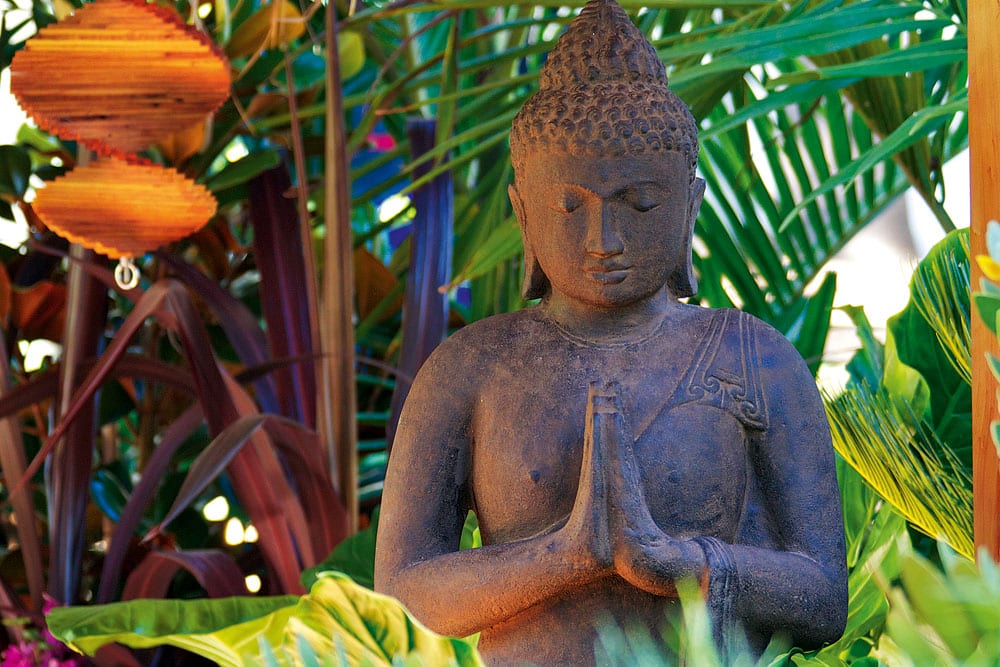
Sculptures
Sculptures hidden amongst plants create intrigue and mystery, often replicating lost ruins found in rainforests.
Planting in layers
A tropical style garden is not dramatically different from other garden styles, the main difference is the density of the planting.
In a typical garden, you can clearly identify what layer each plant belongs to. It’s obvious what plants are groundcovers, shrubs or trees. The plants are given space to spread.
However, in a tropical landscape, the plants appear to compete for space. Plants are selected and placed to merge together.
The aim is to create a closely packed wall of lush foliage, which may look natural and unplanned but is actually very carefully thought out.
The most important planting layer is the upper canopy, which provides shade and shelter, creating a perfect microclimate for lower-growing plants.
Second to that would be the higher shrubs, which create a backdrop and are perfect for screening out unwanted views such as fences, walls or neighbours. If this layer is used properly, you create a feeling of depth as if your garden extends beyond whats visible.
Plants to use in tropical gardens
Below are some plants that would work well in a tropical garden. They have been divided up into their layers. When selecting your plants make sure to use a variety from each layer.
This is only a small list of plants and many more can work. Consider talking to a professional landscape designer to find plants best suited to your preferences and backyard.
Upper canopy tropical plants
High Shrubs
Medium shrubs
Tropical ground covers
Flowering tropical plants
Here are a few more Australian tropical plant ideas
- Fijian fire plant (Acalypha wilkesiana)
- Vireya rhododendron (Vireya cultivars)
- Giant elephant’s ears/giant taro (Alocasia macrorrhiza)
- Elephant’s ears (Alocasia amazonica)
- Medinilla (Medinilla magnifica)
- Sago palm (Cycas revoluta)
- Majestic palm (Ravenea rivularis)
- New Guinea impatiens (Impatiens)
- Prayer plant (Maranta leuconeura ‘Kerchoviana’)
- Spindle palm (Hyophorbe verschaffeltii)
- Variegated shell ginger (Alpinia zerumbet ‘Variegata’)
- Zebra plant (Calathea zebrina)
- Sacred Bali bamboo (Schizostachyum brachycladum)
- Spiral ginger (Costus barbatus)
- Dancing ladies (Oncidium varicosum)
- Crotons (Codiaeum variegatum)
Tips when planting
Plants perform better when they are planted closely together. The closer they are, the better they are at keeping humidity and cool air between them.
The aim of having them so close together is to allow plants to work together to create their own microclimate. This microclimate gives the plants you’ve chosen the perfect environment to strive in.
Preparing the soil
Tropical plants love organic matter and are found in areas with rich soil. Add lots of compost and organic soil to your garden beds before planting.
If you live in dryer areas or can’t water your plants on a regular basis, add water crystals when planting, which helps keep the soil moist in dry times.
Make sure to mulch heavily as this will decompose down over time feeding the soil. Mulch will also help retain moisture that tropical plants love.
Tropical plant maintenance
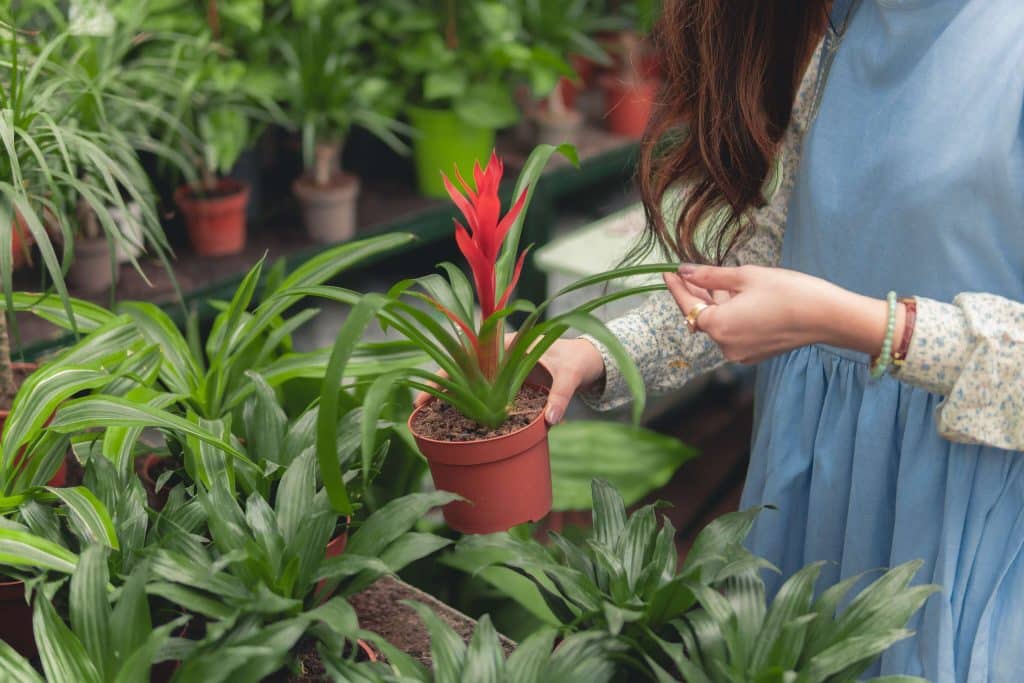
Don’t expect a tropical garden to be maintenance-free. Anyone who gardens in a warm, high-rainfall climate knows that plant growth explodes during wet periods.
Make sure to regularly prune and tidy up any brown leaves, dead palm fronds or spent flowers.
In spring mulch with organic manure or compost, this will help with soil health and reduce water loss.
Apply seaweed solution on a regular basis, this can be done with a watering can or hose on connector if you have a larger garden. Seaweed gives tropical plants strength making them drought hardy and keeps bugs at bay.
Another tip is to use a slow release fertiliser several times a year.
Most ornamental gingers die down around winter, and you should remove any dying foliage. As soon as the weather warms up and your gingers new foliage emerge, feed your gingers with aged manure. Provide gingers with regular watering during their growing season.
Decorating and furnishing
To really finish your tropical garden add small decorative touches like sculptures or timber furniture, maybe even a windchime.
Use garden lighting to make the most of your garden at night. The bright coloured plants and odd-shaped leaves will create artistic shapes and patterns.

If you would like a tropical garden in your backyard then contact us. We offer landscape design services.

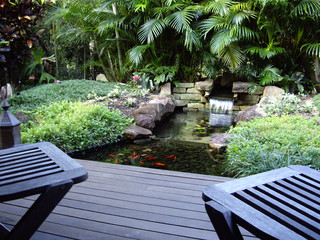



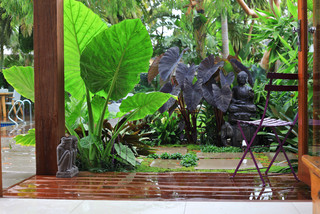
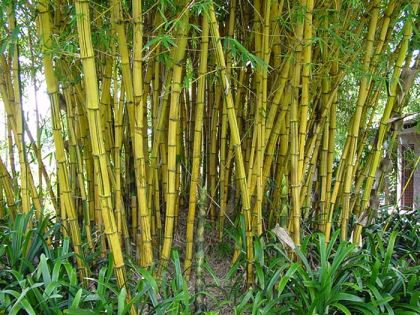
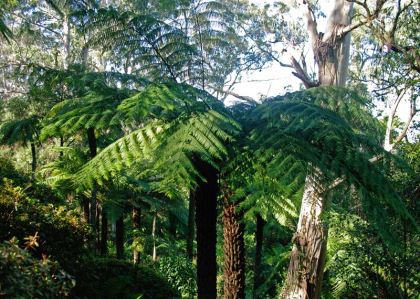
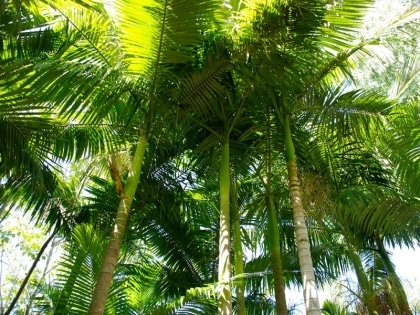
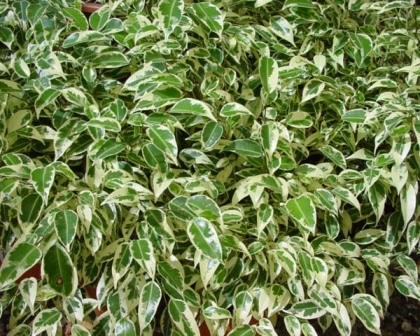
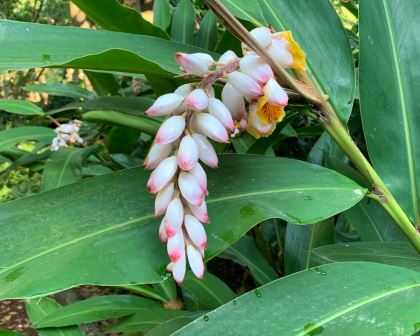
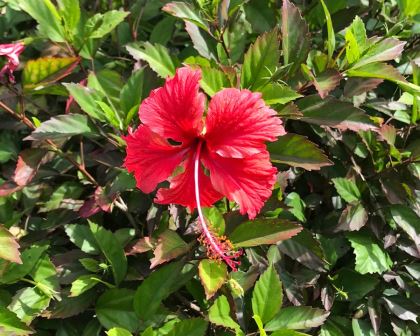
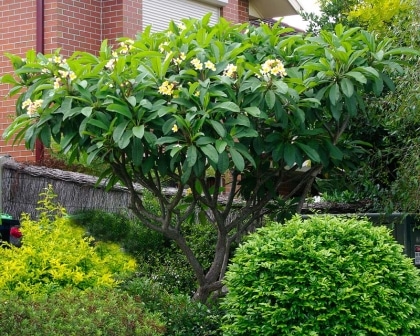
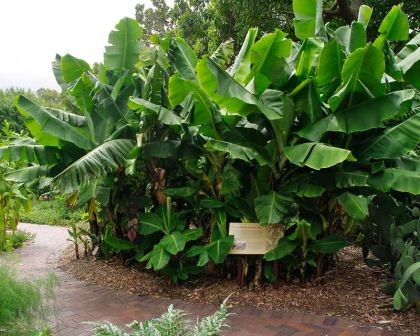
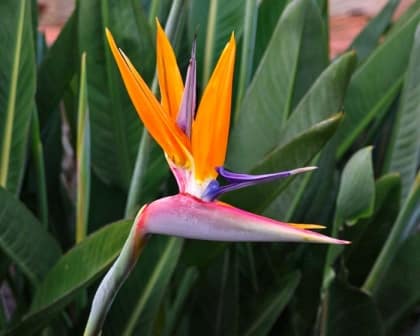
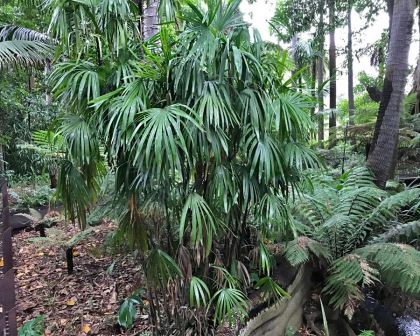
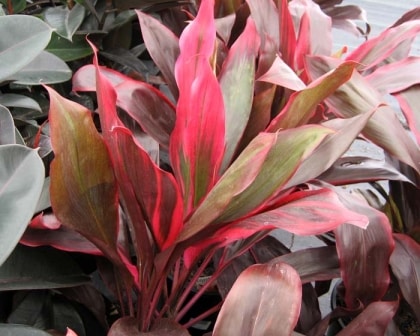
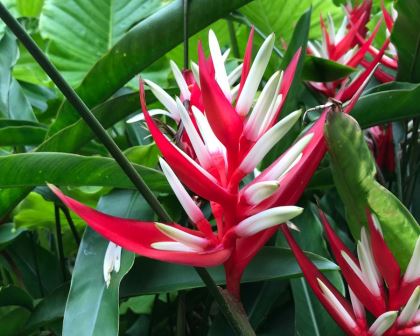
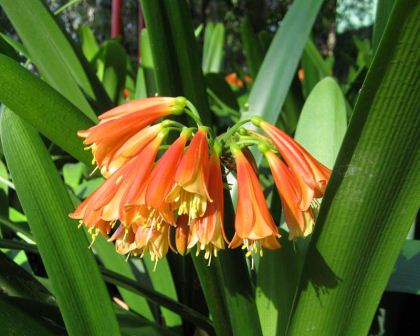
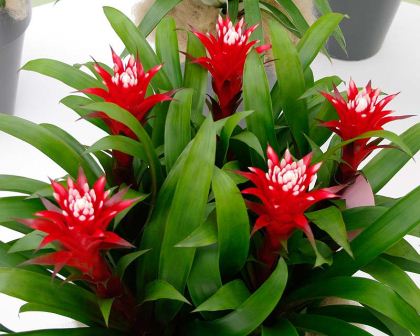
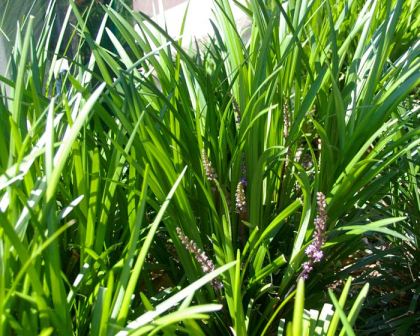
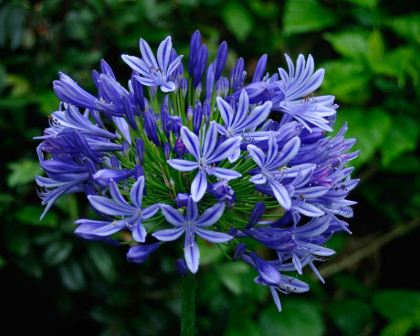
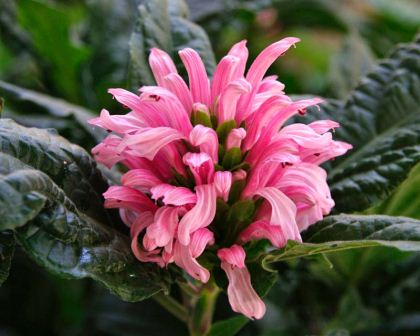
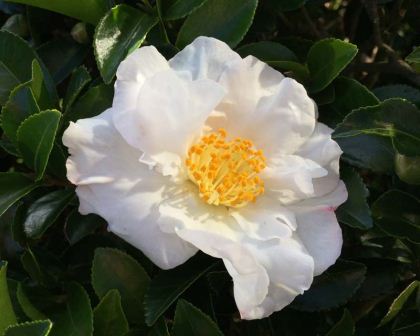
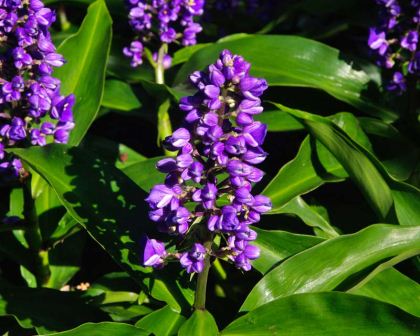
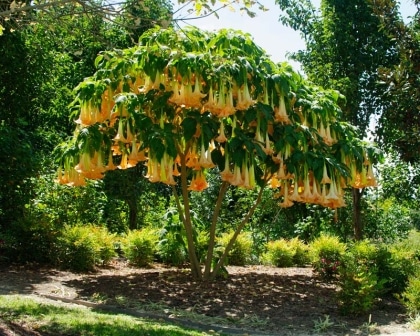

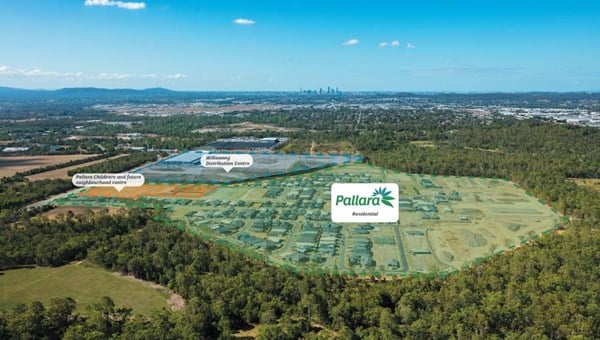
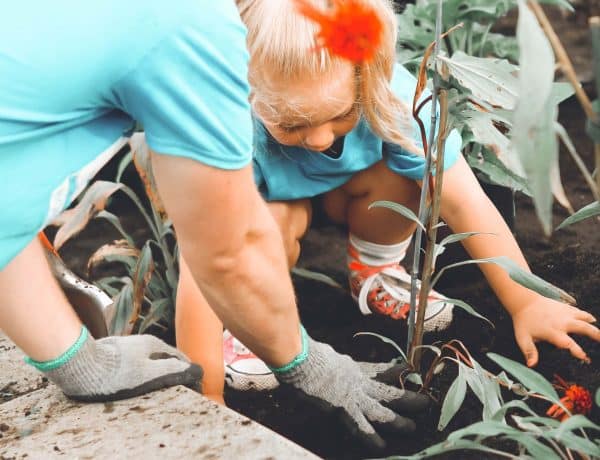
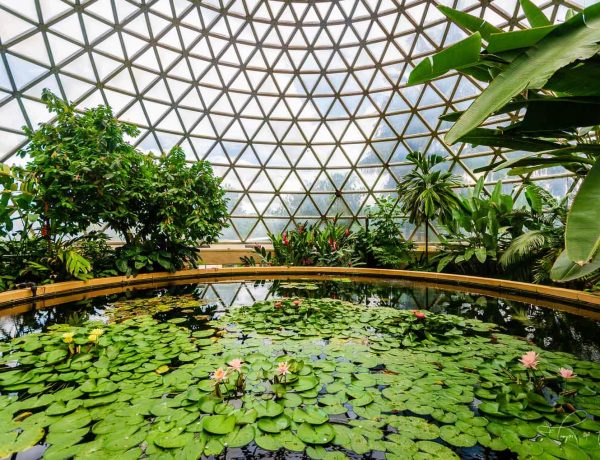
No Comments